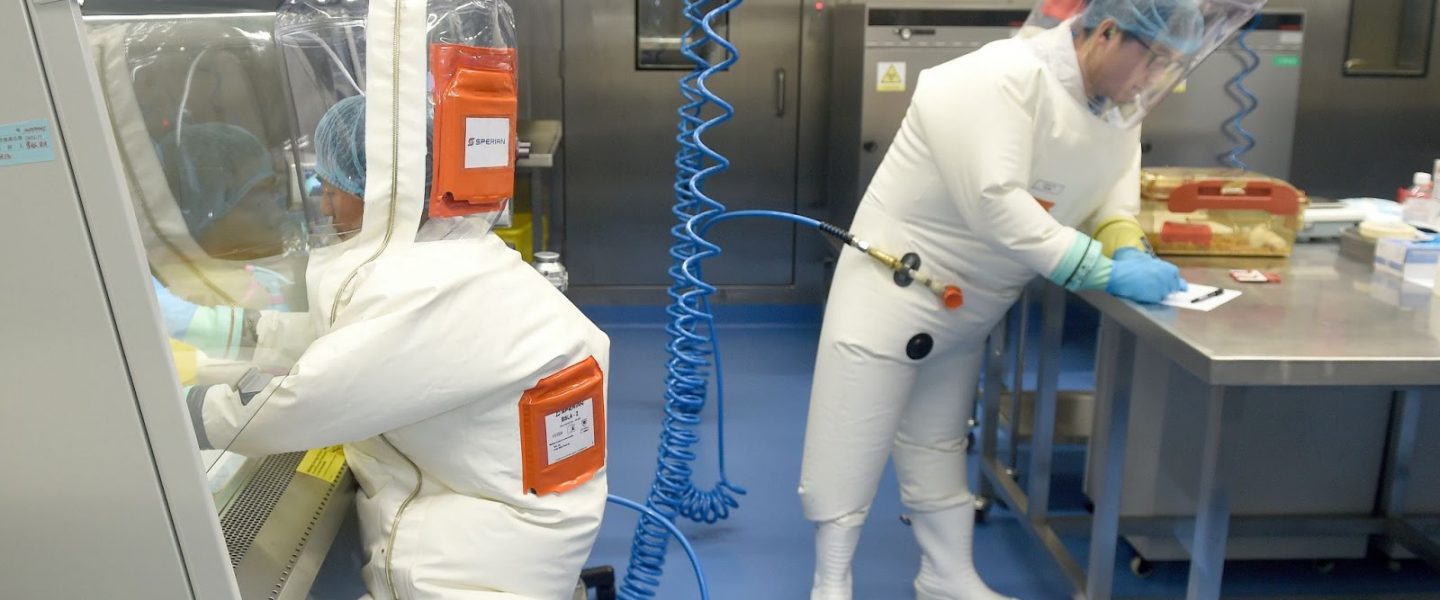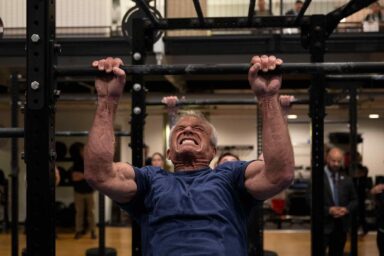The intelligence community remains divided on where SARS-CoV-2 originated. However, a recently declassified document indicates that it did not come from the Wuhan Institute of Virology.
|
Listen To This Story
|
A recently declassified intelligence assessment looking into a possible link between a lab in Wuhan, China, and the origin of COVID-19 found that both the “lab-leak” theory as well as a natural origin remain plausible.
The report, which Director of National Intelligence Avril Haines declassified last month, examined the role that one specific lab, the Wuhan Institute of Virology (WIV), may have played in the origin of the COVID-19 pandemic.
While that was not the document’s focus, perhaps one of the most interesting takeaways from it is that the intelligence community has not yet reached a conclusion as to where COVID-19 came from.
“All agencies continue to assess that both a natural and laboratory-associated origin remain plausible hypotheses to explain the first human infection,” said the report, which was compiled by the National Intelligence Officer for Weapons of Mass Destruction and Proliferation.
While pointing out that different agencies favor either of the two theories, the author stressed that the report “does not address the merits of the two most likely pandemic origins hypotheses, nor does it explore other biological facilities in Wuhan other than the WIV.”
Therefore, the report should not be used to draw conclusions as to whether COVID-19 originated in a lab or first occurred naturally.
The document does make it clear, however, that the different agencies are in agreement that COVID-19 was not developed as a biological weapon.
WIV has attracted a lot of attention as a possible site where the virus may have originated. It has been the subject to various theories related to the pandemic, and the declassified document addresses several of them.
The main takeaway of the report is that the evidence of the intelligence community does not support the theory that COVID-19 originated in WIV.
“We continue to have no indication that the WIV’s pre-pandemic research holdings included SARS-CoV-2 or a close progenitor, nor any direct evidence that a specific research-related incident occurred involving WIV personnel before the pandemic that could have caused the COVID pandemic,” the document states.
One reason why people have suspected WIV as a possible source for COVID-19 is that a safety training was conducted around the time of the initial outbreak of the pandemic. However, the declassified document concludes that there is no indication that this was anything but routine.
“Some WIV researchers probably did not use adequate biosafety precautions at least some of the time prior to the pandemic in handling SARS-like coronaviruses, increasing the risk of accidental exposure to viruses,” the document states.
It also notes that the laboratory had been “working to improve at least some biosafety conditions and training” prior to the pandemic.
“We do not know of a specific biosafety incident at the WIV that spurred the pandemic and the WIV’s biosafety training appears routine, rather than an emergency response by China’s leadership,” the document states.
The report also addresses reports that several WIV researchers got sick in the fall of 2019, and that some of them developed symptoms similar to those of COVID-19.
“[The researchers] experienced a range of symptoms consistent with colds or allergies with accompanying symptoms typically not associated with COVID-19, and some of them were confirmed to have been sick with other illnesses unrelated to COVID-19,” the document states.
In addition, the intelligence community believes that there were mild illnesses not requiring hospitalization.




